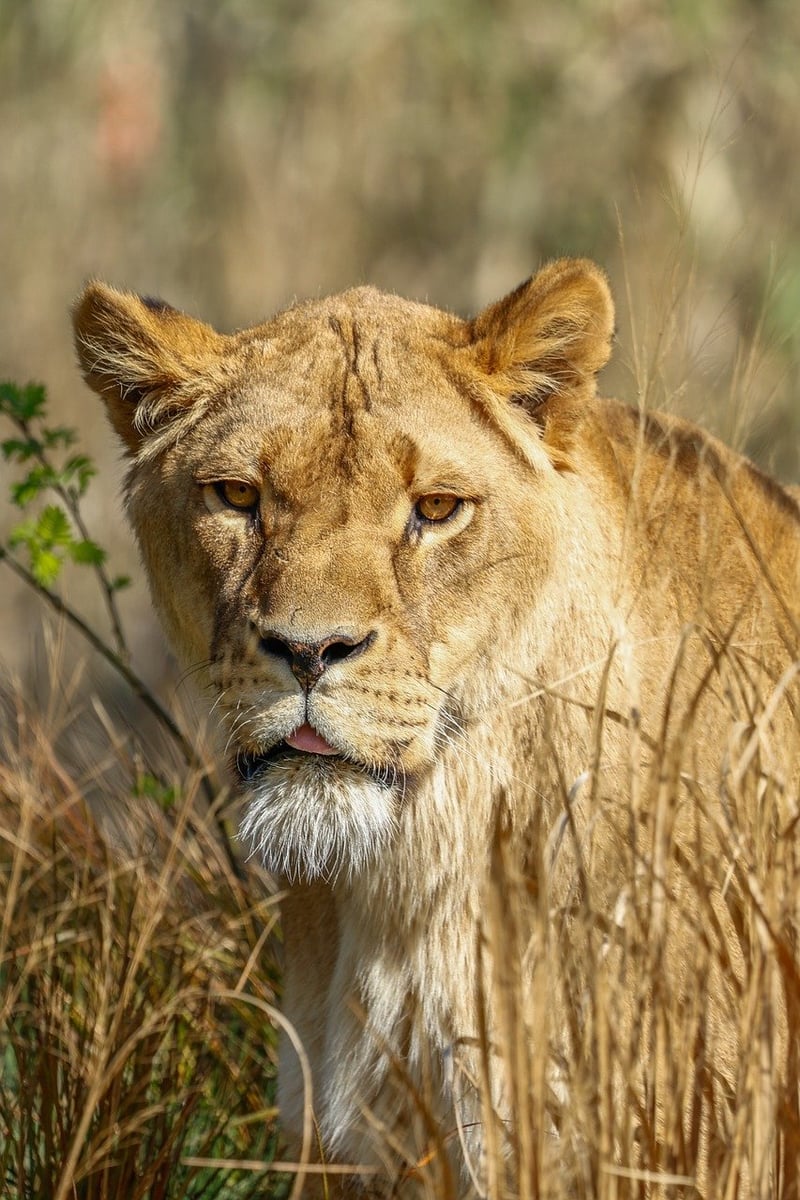Wildlife Awareness
Staying Safe During Expeditions: Wildlife Awareness
Embarking on expeditions into the great outdoors can be an exhilarating experience, but it's essential to prioritize safety, especially when encountering wildlife. Below are some tips to ensure your safety and promote wildlife awareness during your adventures:
1. Research and Plan Ahead
Prior to your expedition, research the area you will be visiting, including the types of wildlife you might encounter. Understand their behaviors, habitats, and any potential risks associated with them.
2. Stay on Designated Trails
Stick to marked trails and avoid wandering off into unknown territory. This not only protects the environment but also reduces the chances of unexpected wildlife encounters.
3. Carry Essential Safety Gear
Always pack essentials such as a first aid kit, a flashlight, a whistle, and bear spray (if applicable). These items can be crucial in emergencies and aid in self-defense if needed.
4. Respect Wildlife from a Distance
Observe wildlife from a safe distance and avoid approaching or feeding them. Remember, they are wild animals and should not be disturbed or provoked.
5. Properly Store Food and Garbage
Dispose of food waste properly and store your food in sealed containers to prevent attracting wildlife to your campsite. This helps maintain a safe distance between you and potentially dangerous animals.
6. Know What to Do in an Encounter
If you encounter wildlife, remain calm and slowly back away while making yourself appear larger. Do not run, as this may trigger a chase response. Familiarize yourself with specific protocols for different wildlife species.
7. Leave No Trace
Practice Leave No Trace principles by minimizing your impact on the environment. Pack out all trash, respect wildlife and their habitats, and leave the natural surroundings as you found them for future generations to enjoy.
Remember, safety should always be a top priority during expeditions, and understanding and respecting wildlife is key to a harmonious coexistence in their natural habitats.

For more information on wildlife safety and conservation, visit National Park Service - Bear Safety.
